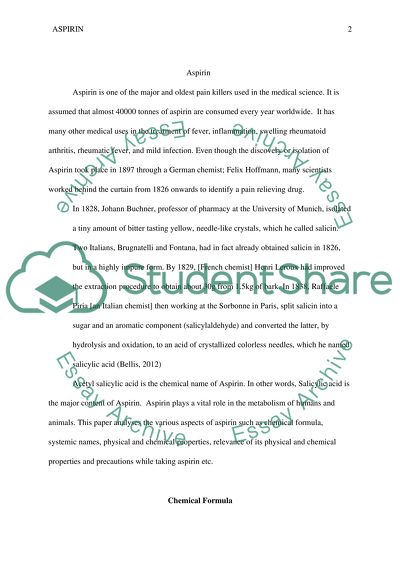Cite this document
(“Aspirin Assignment Example | Topics and Well Written Essays - 500 words”, n.d.)
Retrieved from https://studentshare.org/chemistry/1605014-aspirin
Retrieved from https://studentshare.org/chemistry/1605014-aspirin
(Aspirin Assignment Example | Topics and Well Written Essays - 500 Words)
https://studentshare.org/chemistry/1605014-aspirin.
https://studentshare.org/chemistry/1605014-aspirin.
“Aspirin Assignment Example | Topics and Well Written Essays - 500 Words”, n.d. https://studentshare.org/chemistry/1605014-aspirin.


